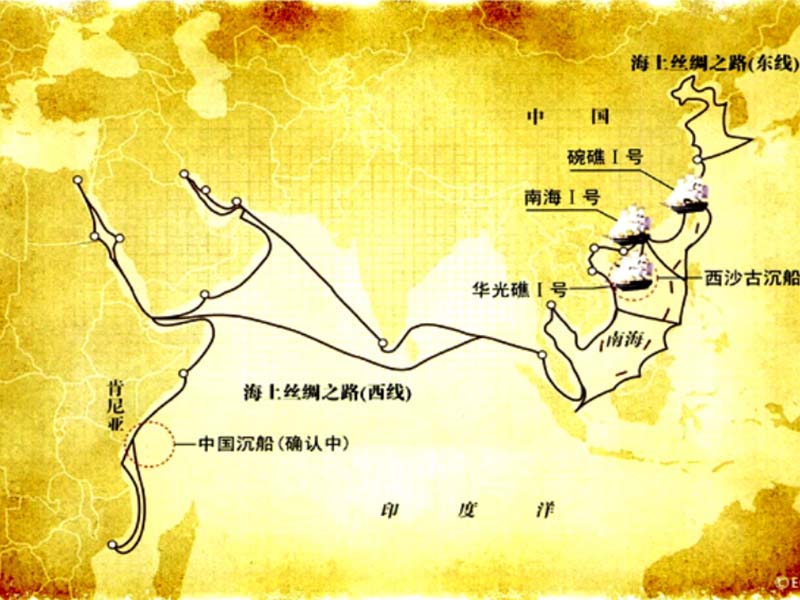
Chinese fragrance culture is the product of Chinese unique cultural system and life values. It has been developed along the basic concept of "fragrance nourishment" for thousands of years. In the course of thousands of years'development, it is basically taken from western regions and Southeast Asia for use. During the Sui and Tang Dynasties, many Persian businessmen traded in perfumes. Some settled in southern port cities such as Panyu and Zhuhai and sold perfumes transported by sea from the Western Regions. During the flourishing period, there were more than 30,000 Western businessmen engaged in the fragrance business in Panyu alone. Not only did they settle down in China, but many of their descendants also studied and became officials in China. The most representative of them was Li Er of Tang Dynasty, whose grandfather came to China to sell perfumes. Li Er received Han culture education from an early age. Later, he became not only an official in the court, but also a famous poet, calligrapher and pharmacist. His "Marine Materia Medica" is a classic book which comprehensively introduces western medicinal materials. It has become one of the pharmacy classics in China and a classic work combining Chinese and Western cultures.
Since the Sui and Tang Dynasties, with the exchange of foreign cultures, many Korean students first came to China. In the process of systematically learning Chinese culture, traditional Chinese medicine, aroma, tea art, painting and calligraphy, music are also important contents of their learning. The incense culture was introduced into Korea by them in the Sui and Tang Dynasties, and then into Japan by Korea. Jianzhen monk in Tang Dynasty was a great envoy of fragrance culture exchange. He not only brought valuable fragrance medicines such as aloes and sandalwood to Japan, but also passed on fragrance forms such as fragrance theory, fire-proof incense to Japan. It was widely popular in Japanese government and countryside. During Yuan and Ming Dynasties, it evolved into more than 100 schools of fragrance (mainly representing imperial family and ambitious people).
The second major exchange of incense culture was initiated by Zheng He, an eunuch of Sanbao in the Ming Dynasty. After the founding of the Ming Dynasty, the sea ban was implemented for a long time, which prohibited the development of the trade of perfume at sea, resulting in the shortage of domestic perfume resources. Zheng He's voyage not only restored the traditional way of fragrance on the sea, but also reopened the resource channels including the Philippines, Oman and Persia. The abundant new fragrance resources further promoted the development and transformation of fragrance culture during the Ming and Qing Dynasties. Since the late Qing Dynasty, however, due to the influence of Western and Japanese cultures and ideas, the fundamental purpose of using incense in the ancients has been abandoned. Instead of the traditional idea of using incense mainly for the purpose of self-preservation, health care and self-cultivation, the traditional idea of using incense has emerged, which is based on the pleasure of tasting incense and the form of using incense for external pursuit. Especially after Taiwan was colonized by Japan, incense culture is particularly popular in Taiwan. Towards bias

